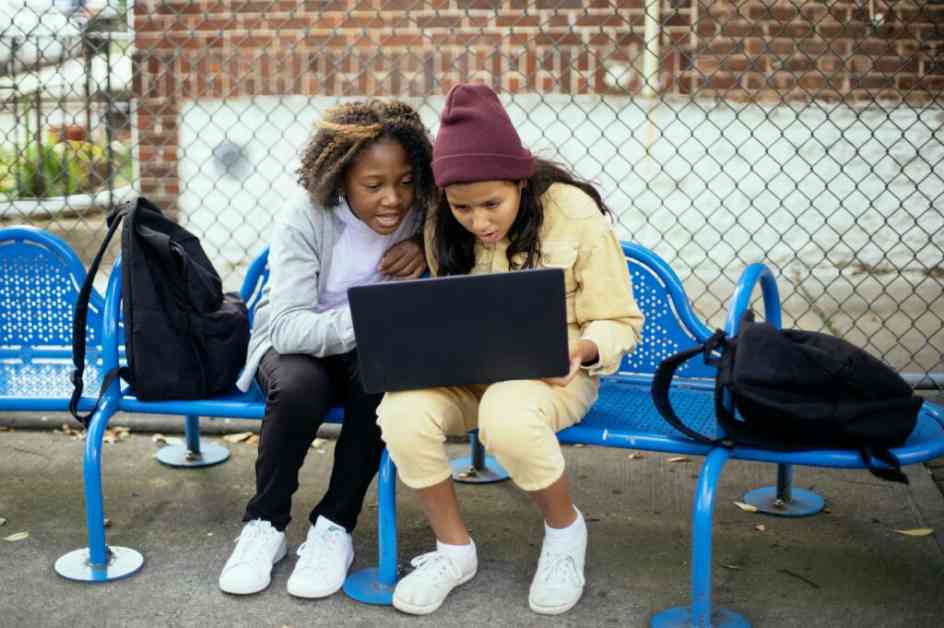Not all screen time is created equal, and how kids spend it, whether creatively or passively, can make all the difference. For instance, young children who watch a “Bluey” episode or play a memory game with their parents can build new cognitive and social-emotional skills early in their development. Also, teenagers can and have used their online networks to engage with social media-based mental health resources before they feel confident enough to reach out to a counselor or therapist. But as children and adolescents have become increasingly isolated from their support systems at home and at school — exacerbated during the Covid-19 pandemic — they have become more vulnerable to threats such as cyberbullying and predatory behavior online. Kids’ first line of defense, ultimately, is an adult who has earned their trust and is able to guide them when necessary.
According to the National Crime Victimization Survey, in 2022, 21.6% of students who were bullied said the bullying had happened online, a nearly 6 percentage-point jump from those reporting being bullied online in 2019. A 2021 survey by the National Crime Prevention Council found that only about a third of victims blocked their bully online, and only about a tenth told their parents about the incident. New risks like AI-generated imagery and financial sexual extortion also contribute to the 87% increase in online child sexual abuse reports since 2019, according to the National Center for Missing and Exploited Children. As young children get online at earlier ages, preteens spend over half of their waking days on screens, and social media algorithms push harmful, addictive content to teen users, the threat of a dangerous interaction is often one unsolicited or derogatory message away.
Lawmakers and school administrators across the country are tackling online safety and well-being with policies such as banning cellphones in schools and restricting addictive algorithms on children and teenagers’ social media feeds. For Fareedah Shaheed, a children’s online safety expert, prevention and intervention start with the adults — parents, teachers, and school counselors — interacting with kids on a daily basis. Children’s online safety expert and consultant Fareedah Shaheed says, “I see the real change in those interpersonal relationships between (educators) and parents, people exchanging information they can use to start talking to (each other). I believe the biggest impact is on the ground.” EdSource interviewed Shaheed about her experiences and how adults can help keep young people safe online. Her remarks have been edited for length and clarity.
When I was 13, I got my first smartphone. I started playing mobile games and talking to strangers online. I had a near miss with an online predator. I was (planning on) meeting someone at 16, when he was 40 years old. I was a very private teenager, and I kept my online life secret. So the only reason why I told my mom, ‘Hey, I’m just going to meet this guy that I met at an online game in the park,’ was because I was her only child, and I felt like it was the mature thing to tell her where I was going. But I wasn’t asking her for permission because she would’ve said no. She knew that this was really serious if I was telling her this, because she knew I was a very private person. But she didn’t ask to look into my phone. And instead of her taking away my phone, getting upset with me, she just wanted to know, ‘Who’s this person? What’s his name? Why did you connect? Why do you like him? Why do you want to meet?’ And that changed my entire life because she came to me as an experienced friend, and I decided I did not want to go. That conversation saved me. From those experiences being groomed online and talking to strangers as a kid, I went into cybersecurity and threat intelligence, and I started doing workshops with organizations to raise awareness and then create some actionable impact on internet safety for kids.
